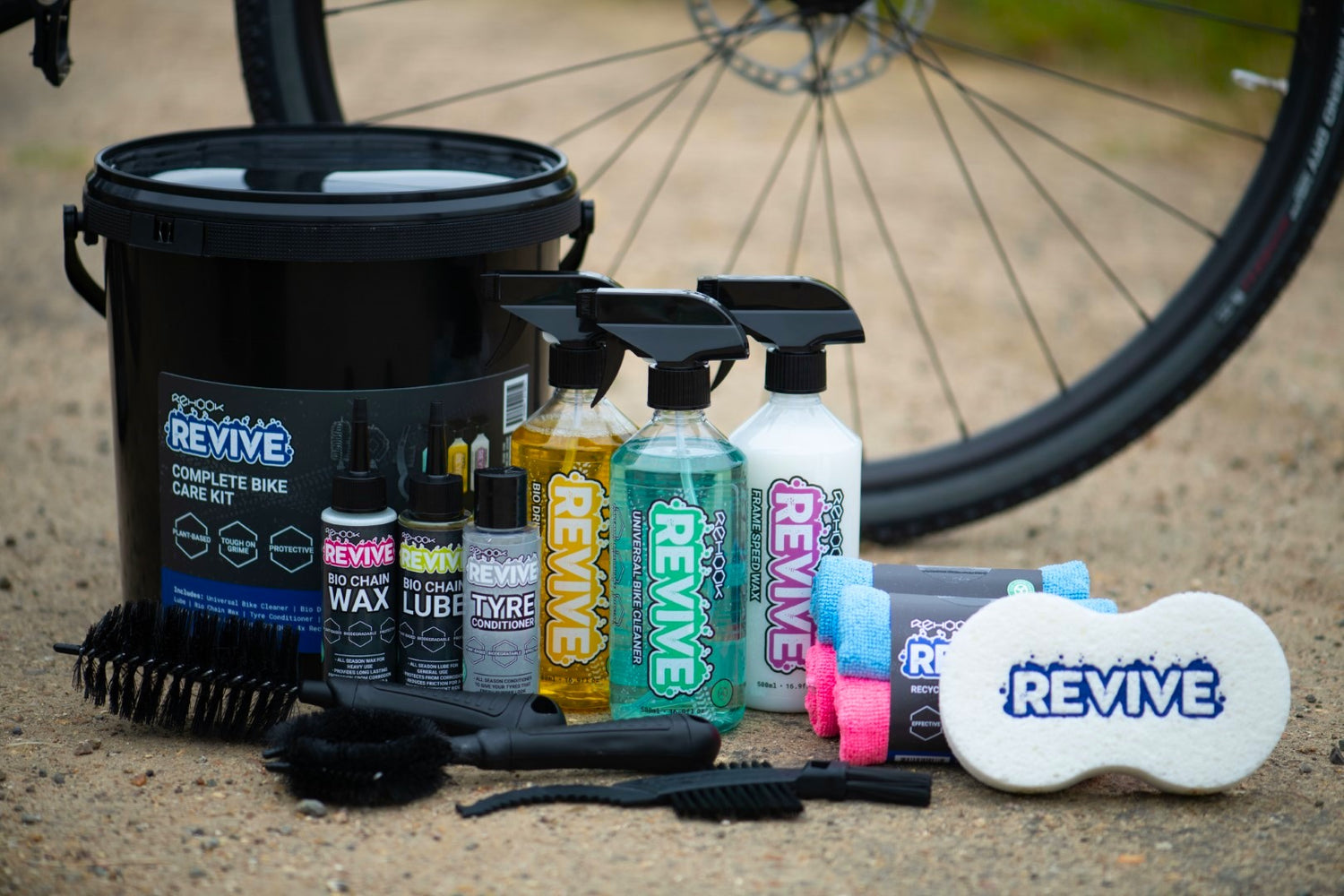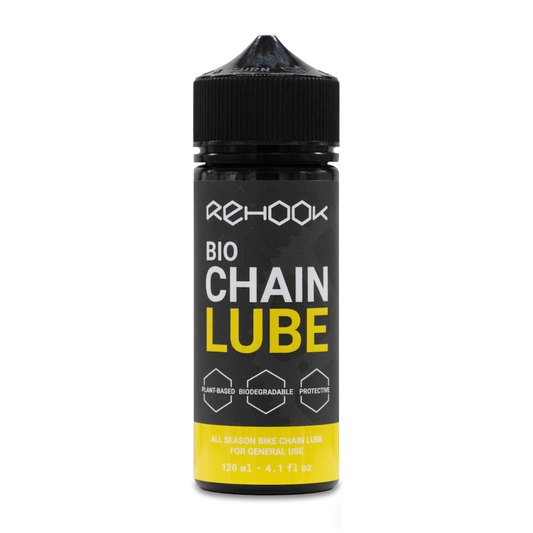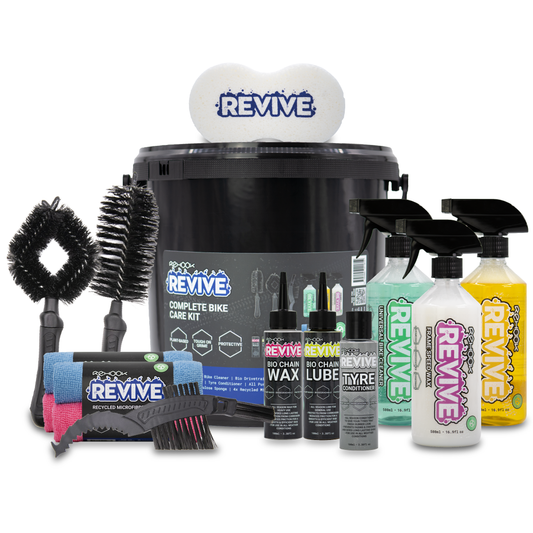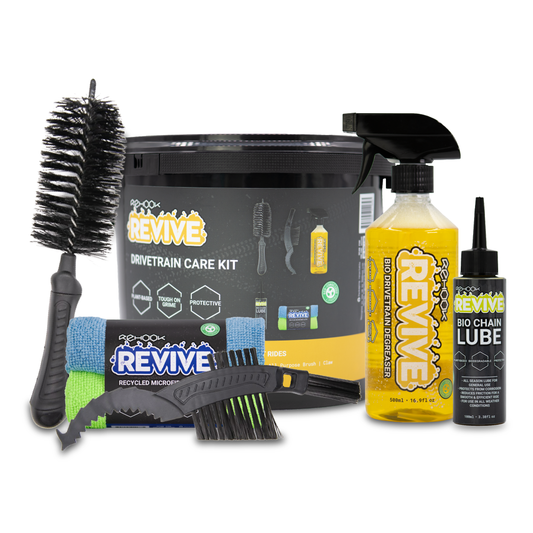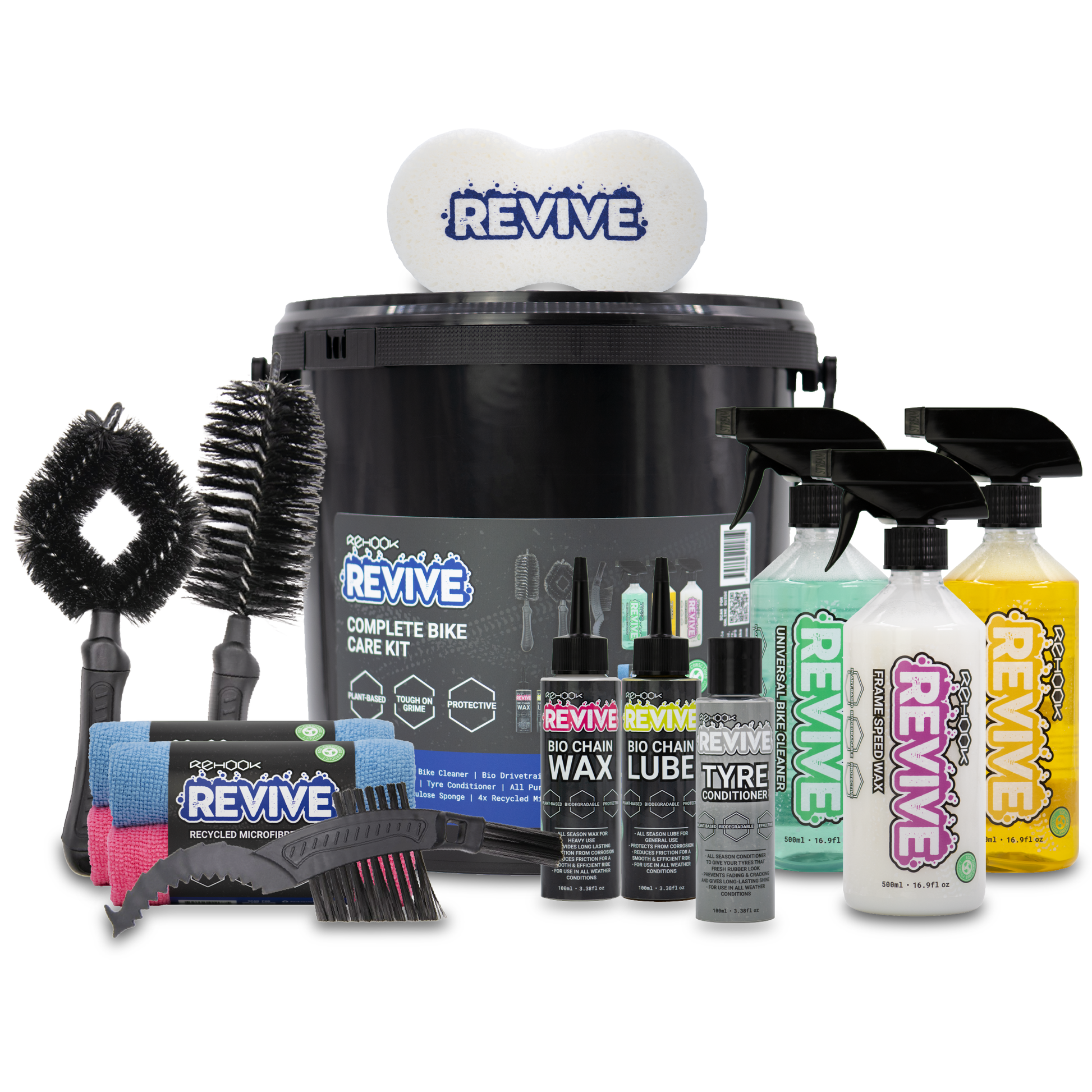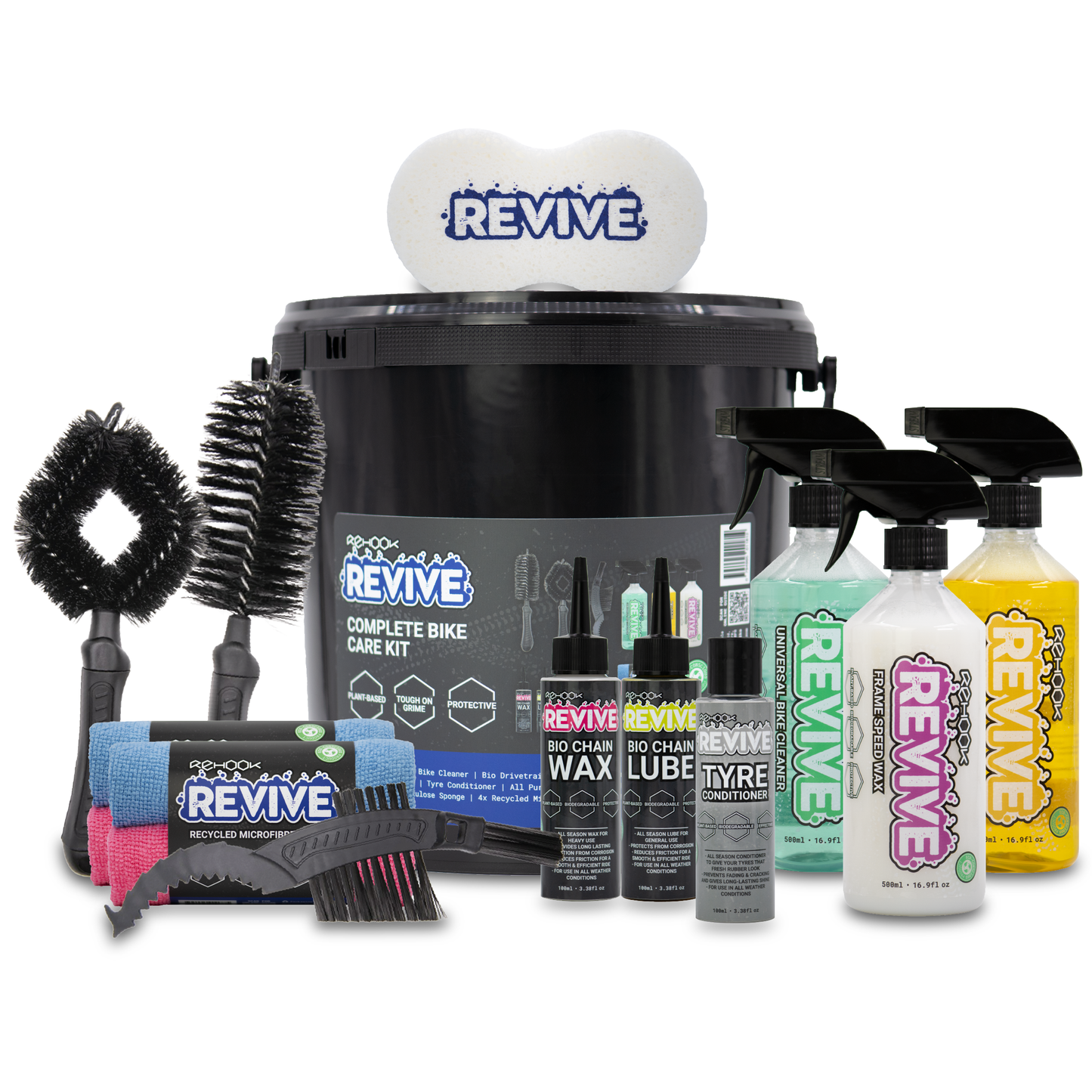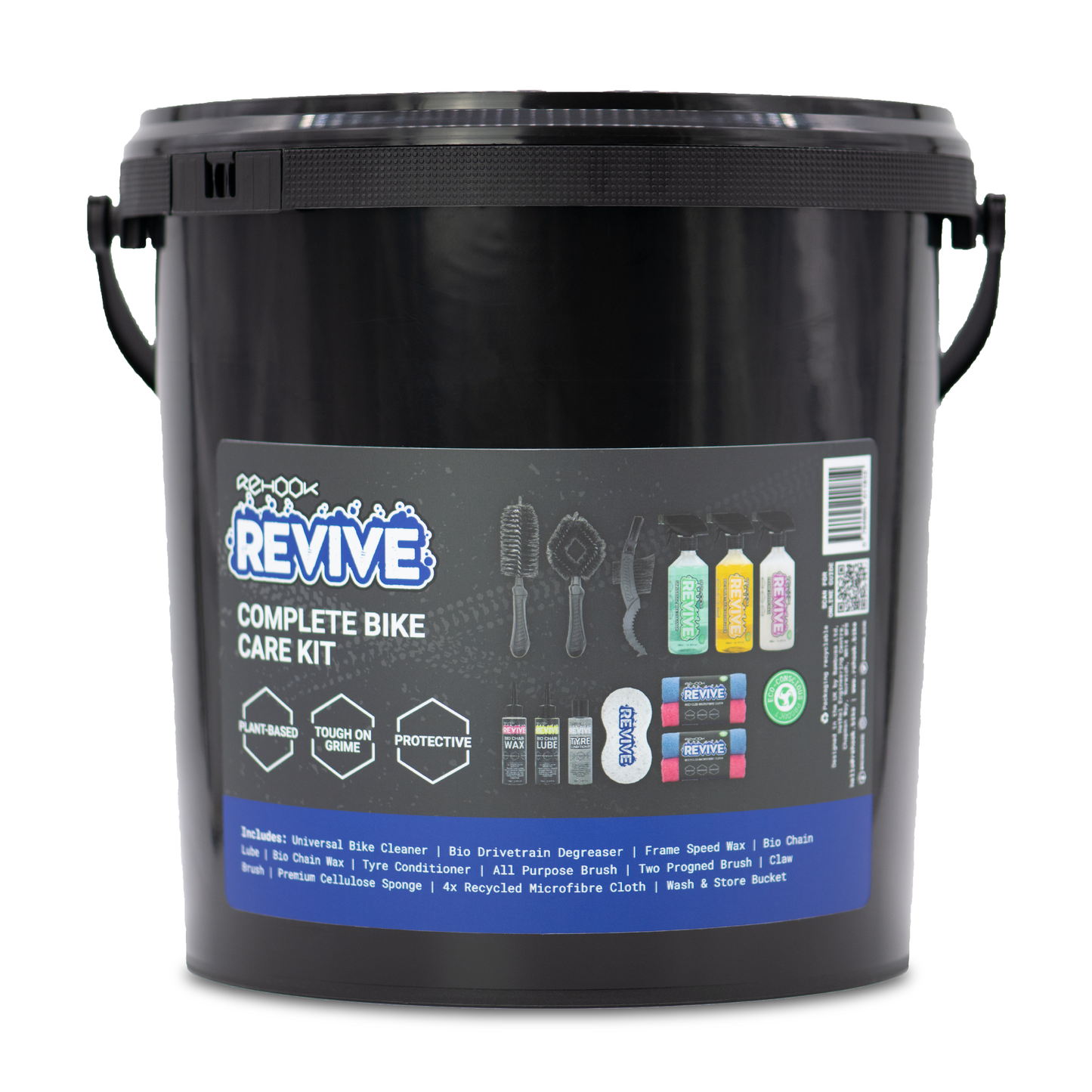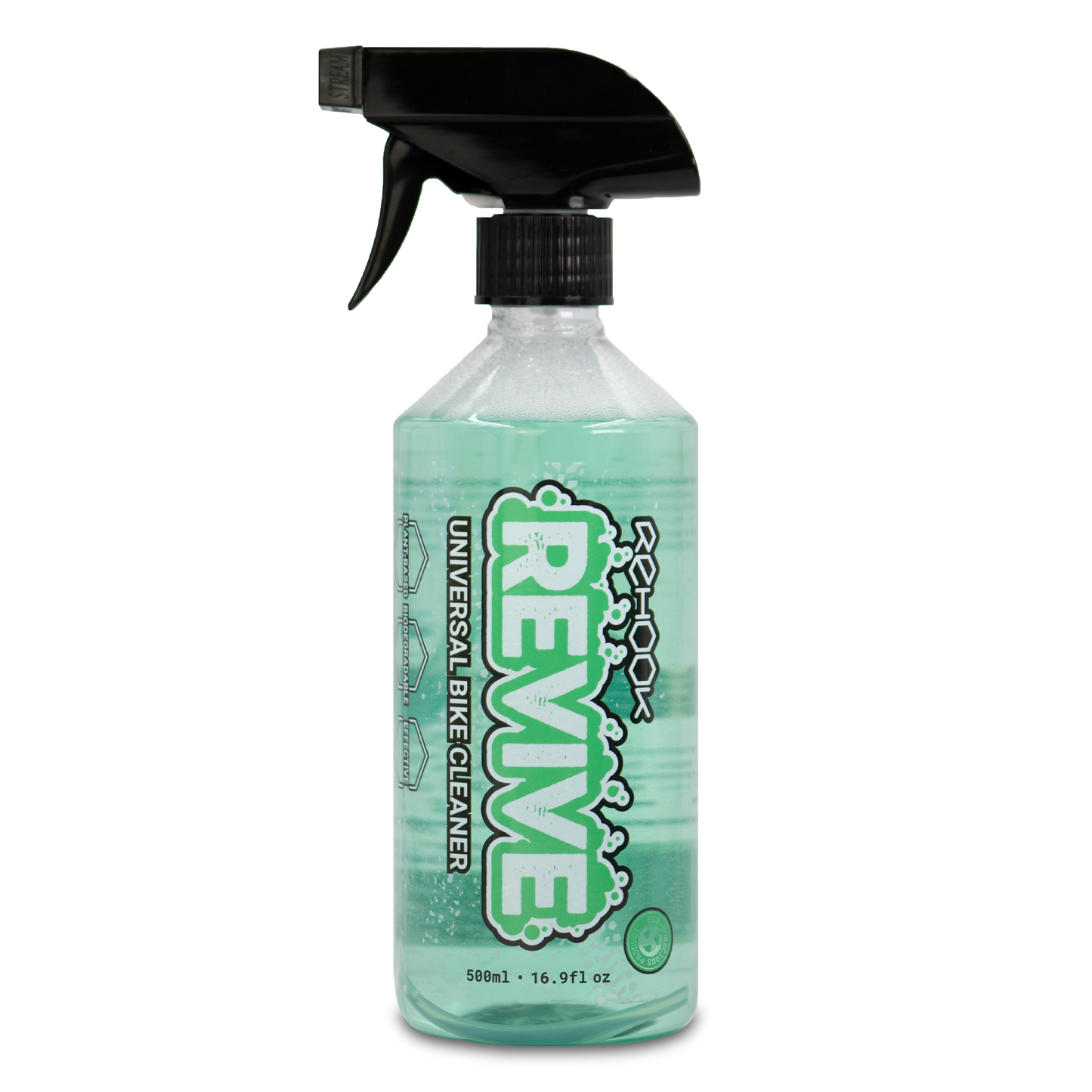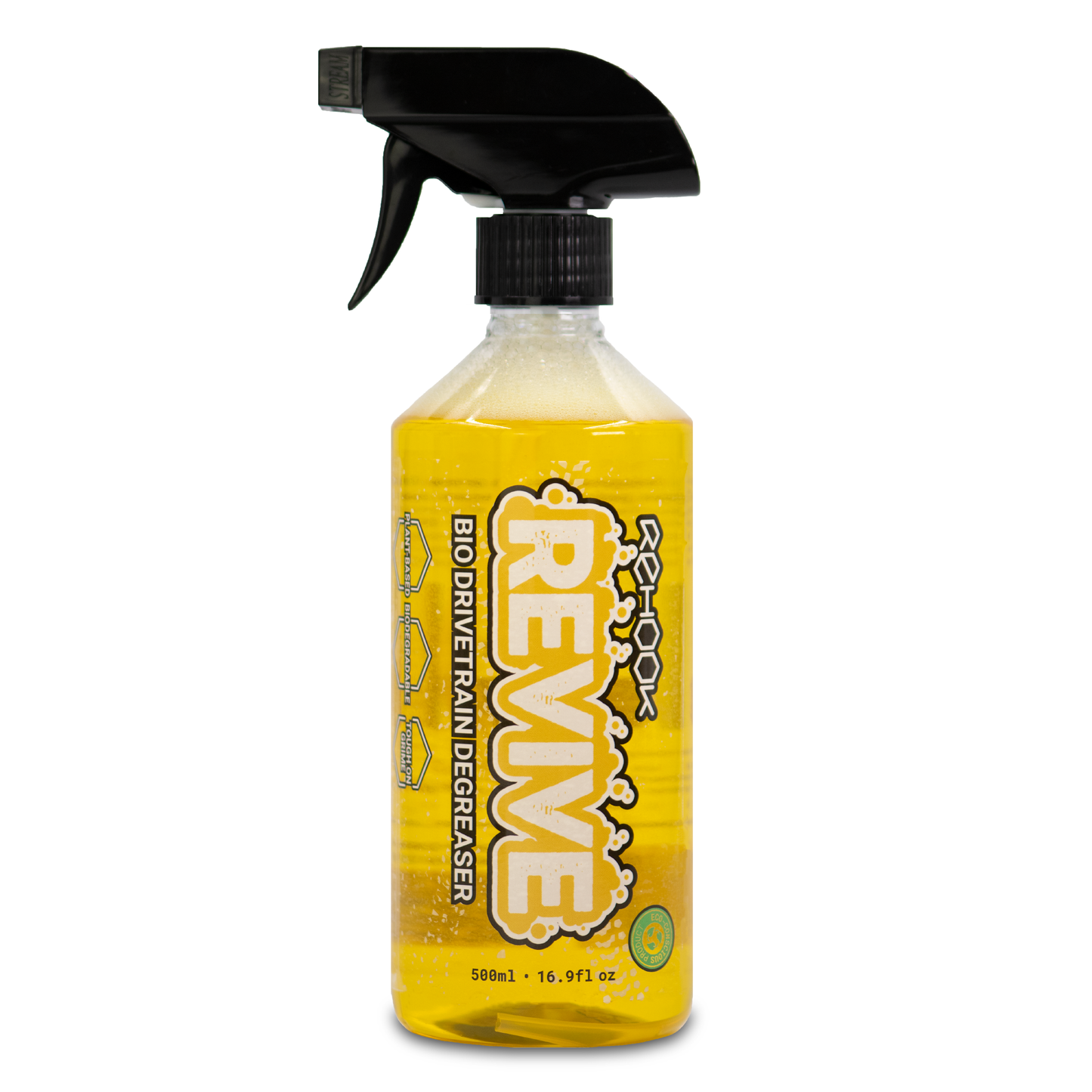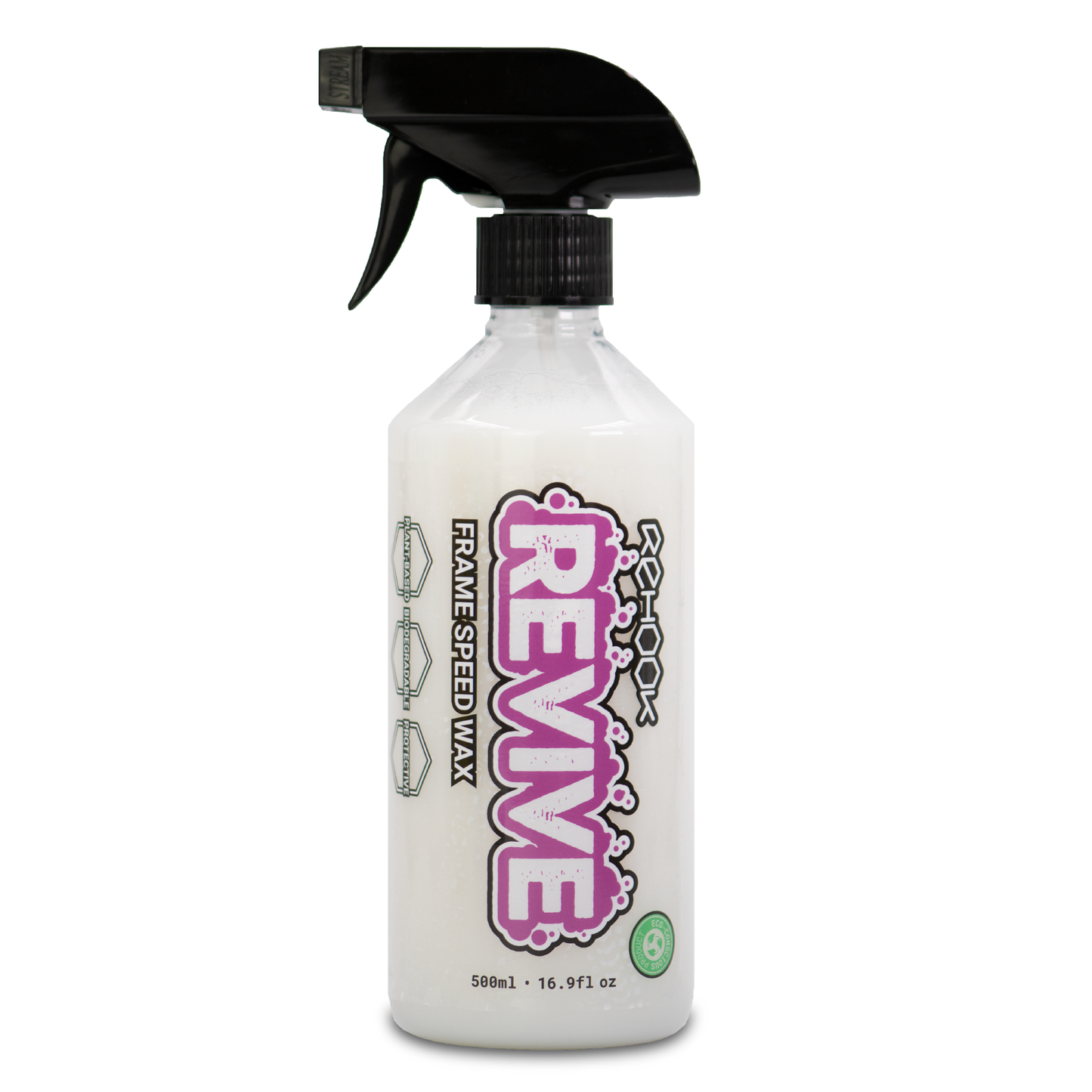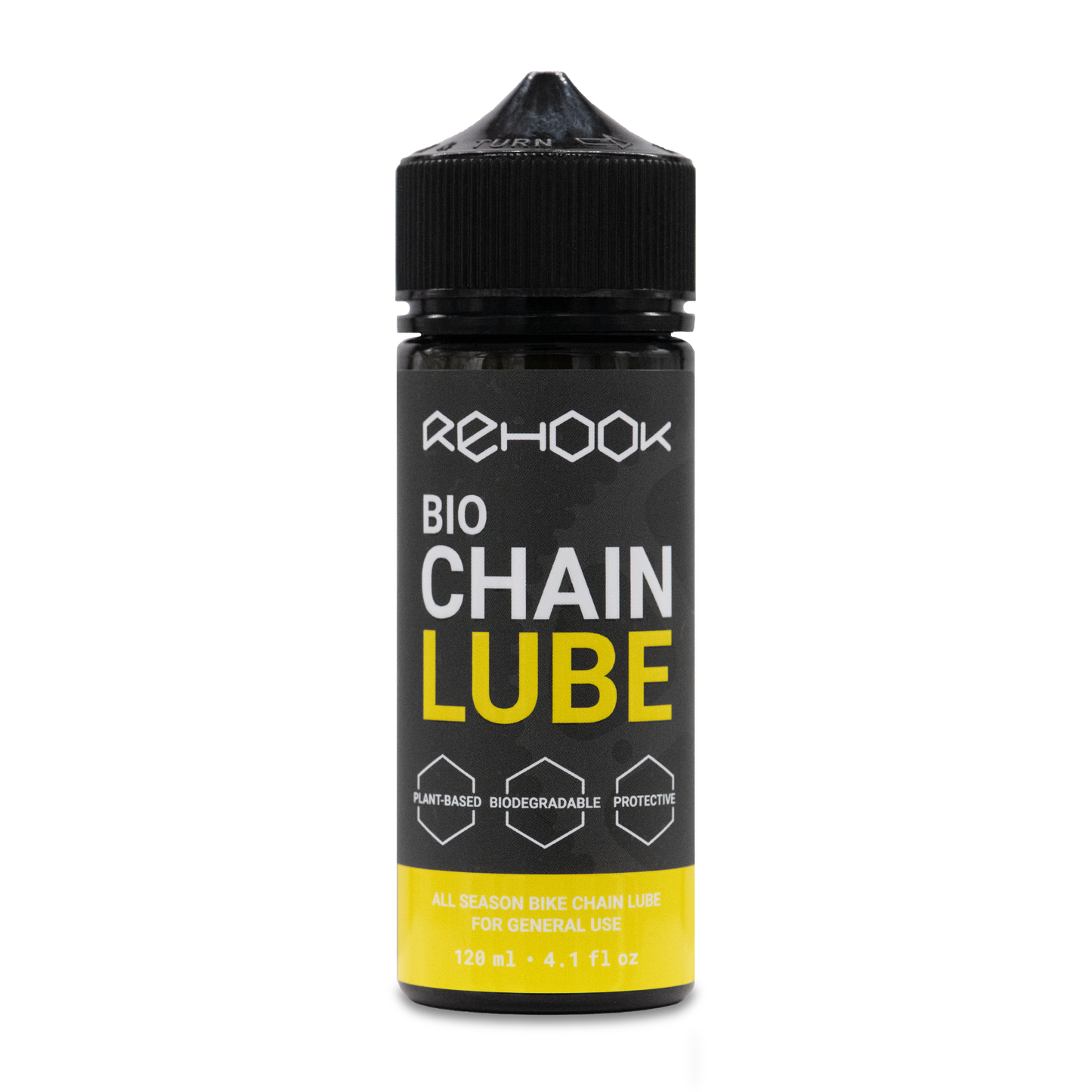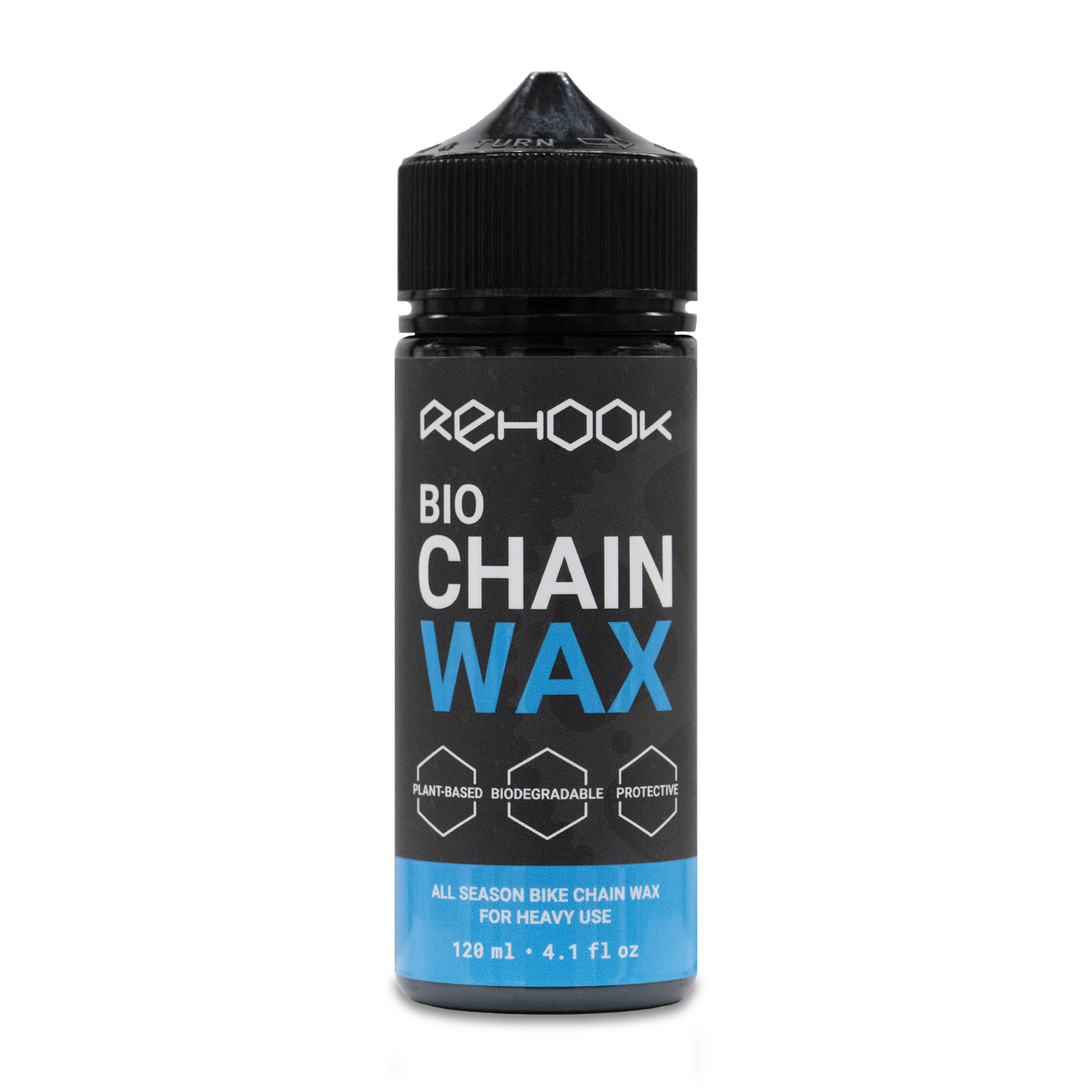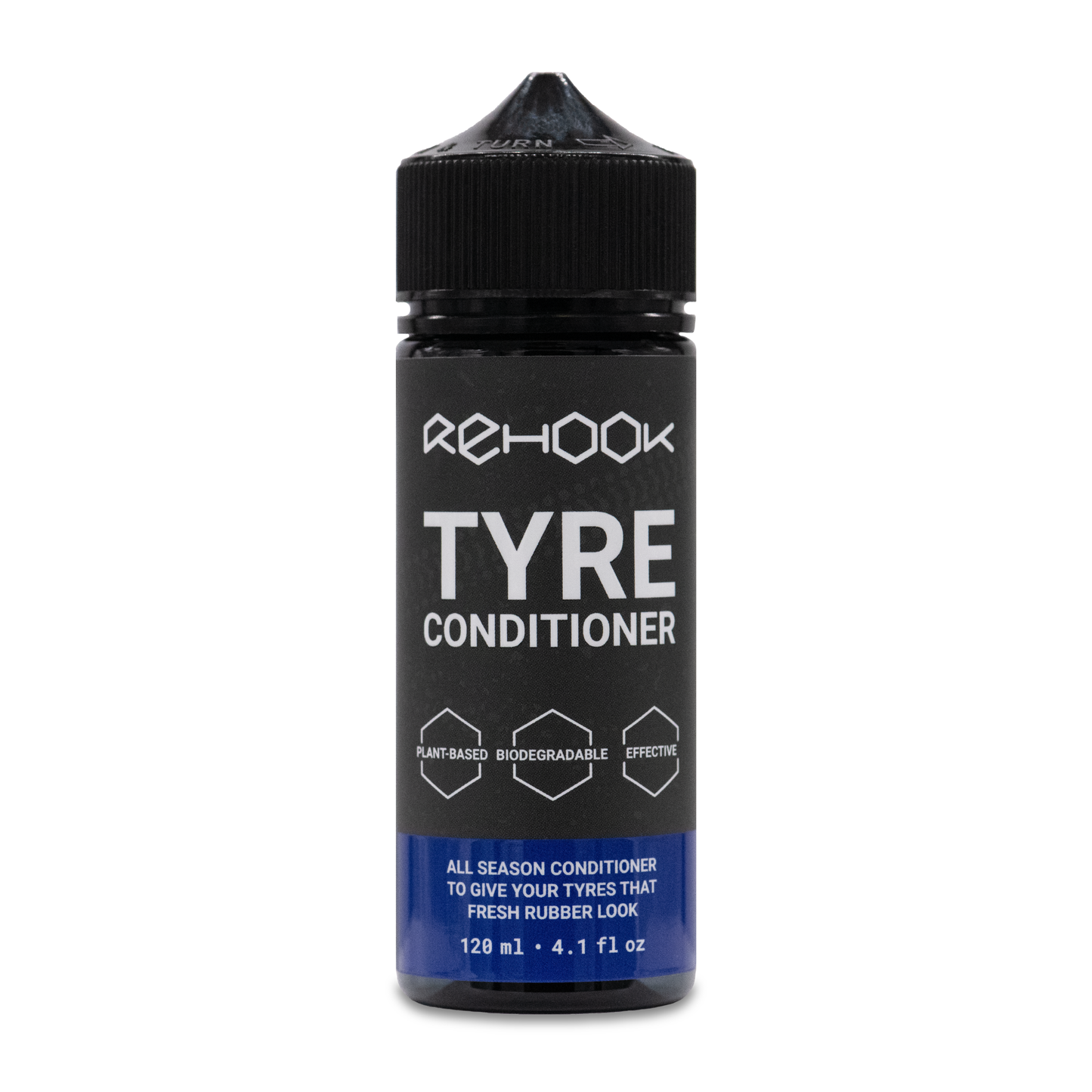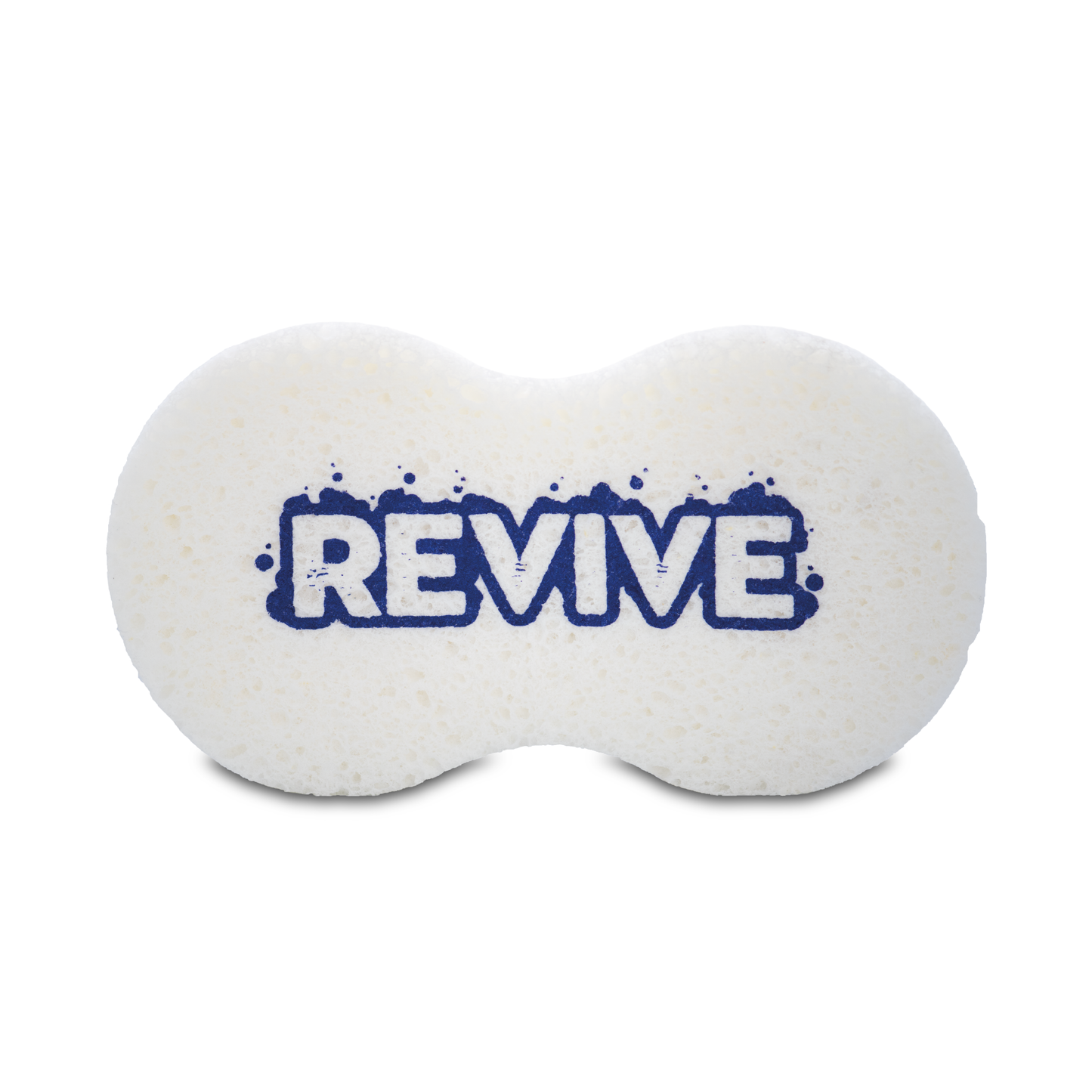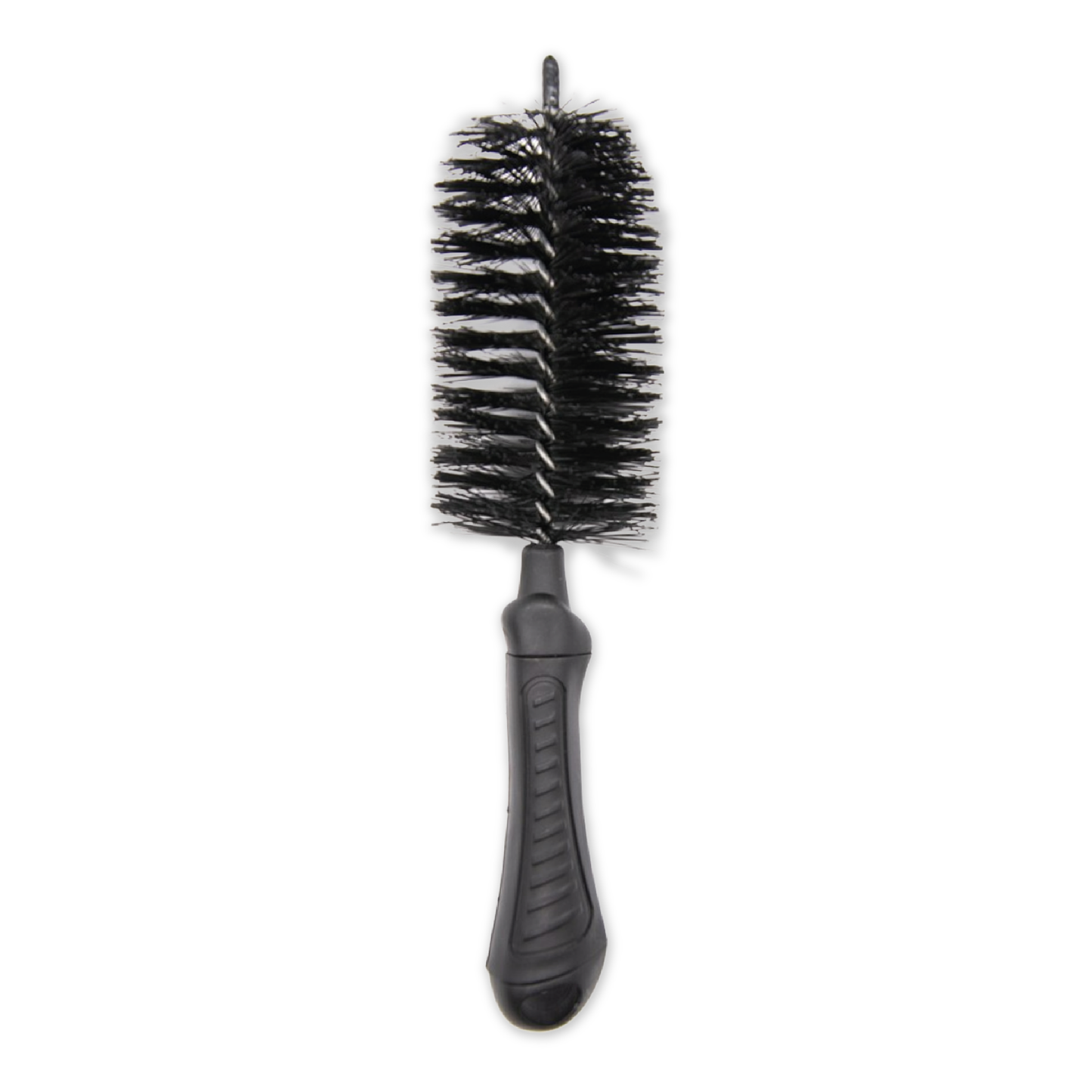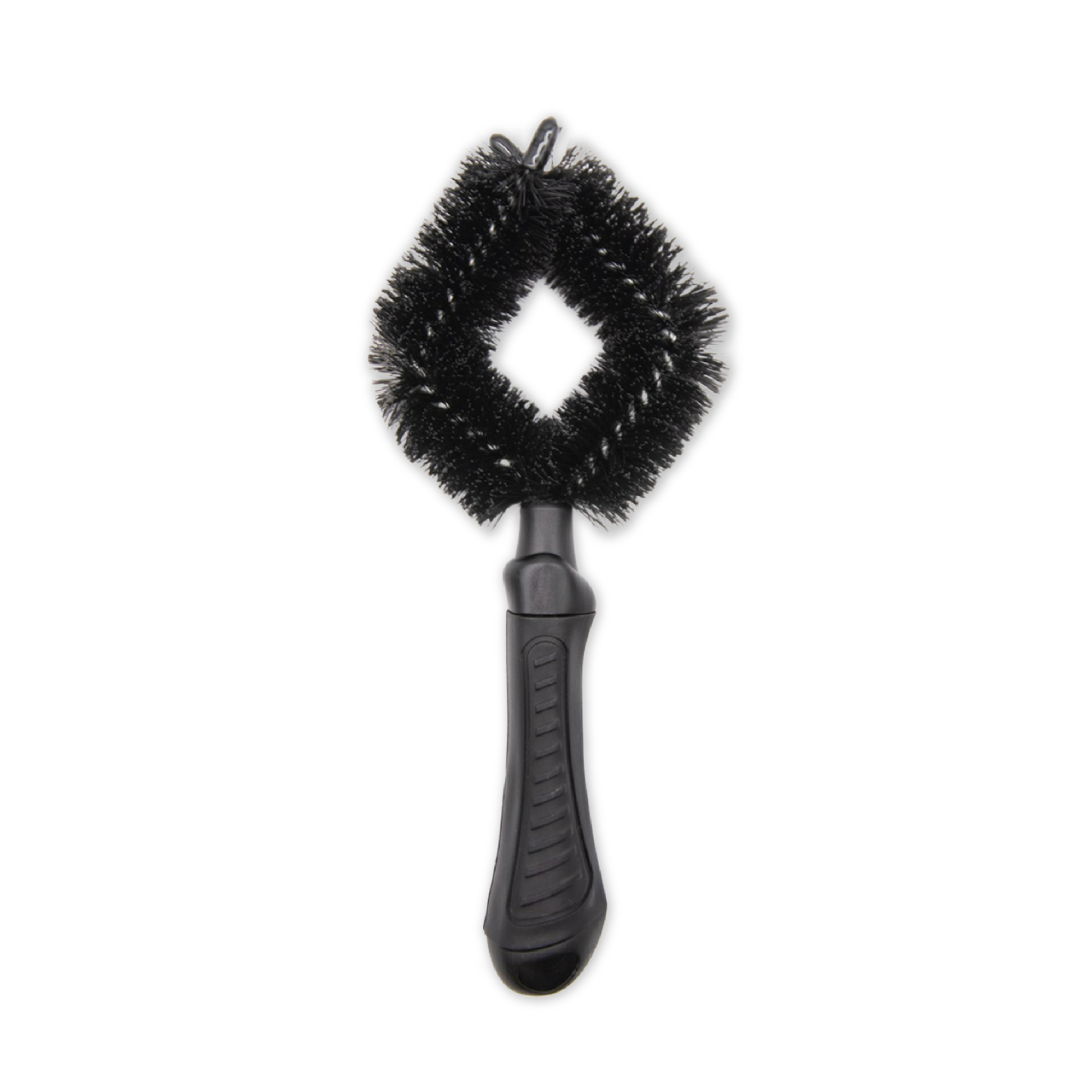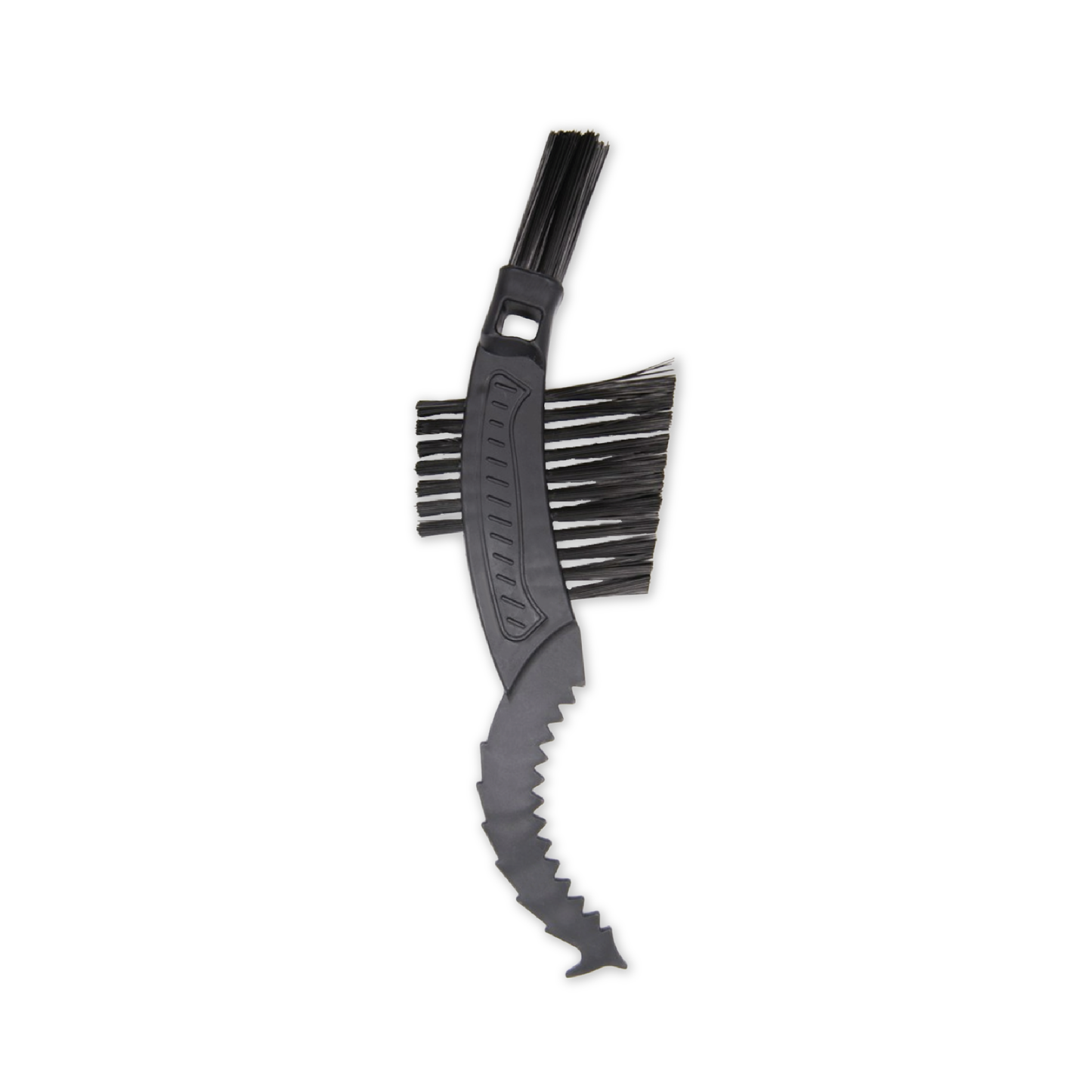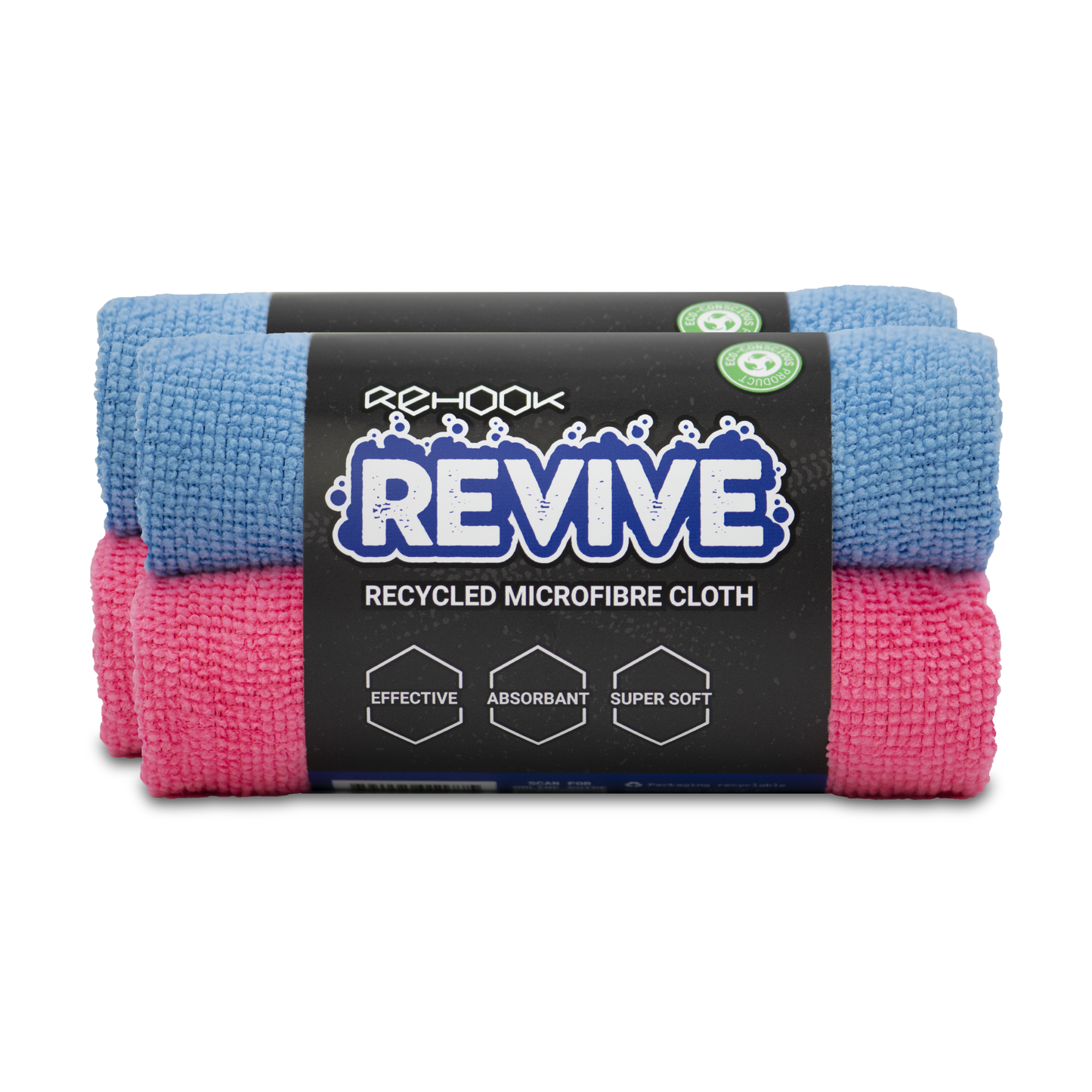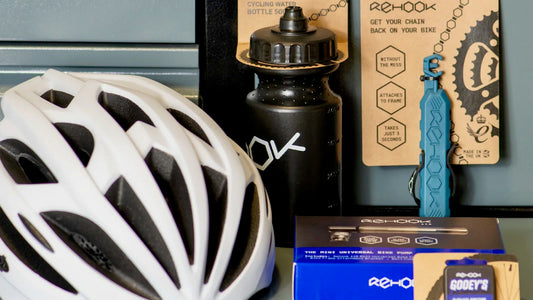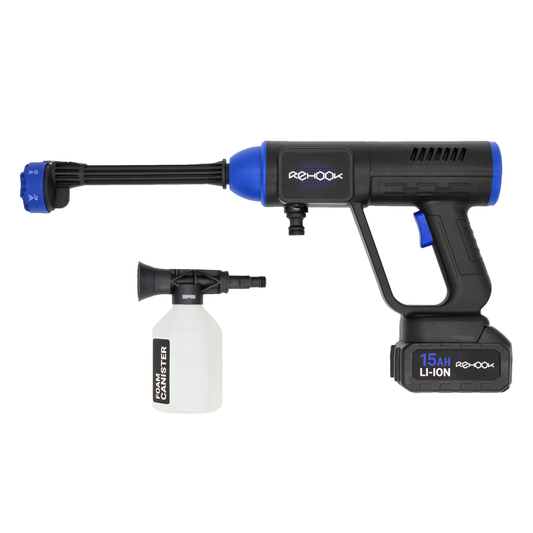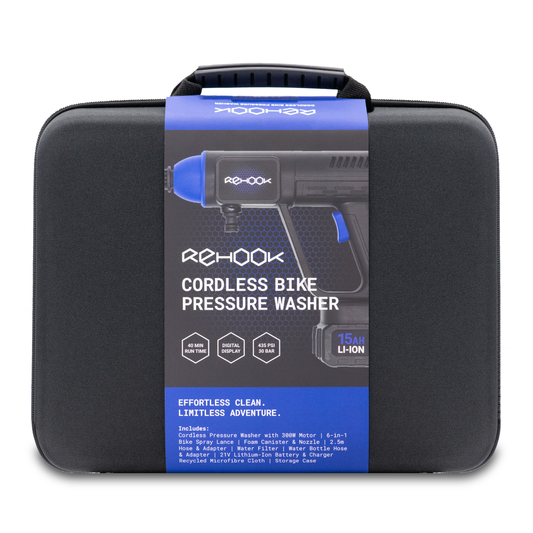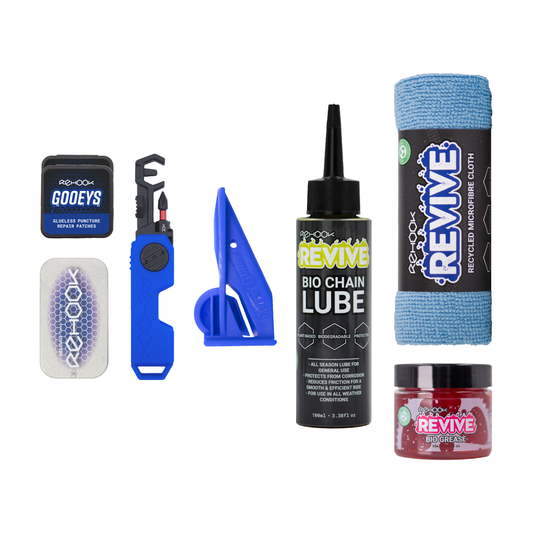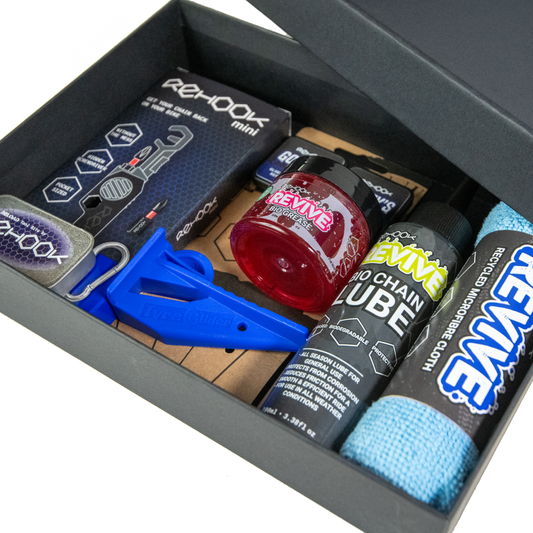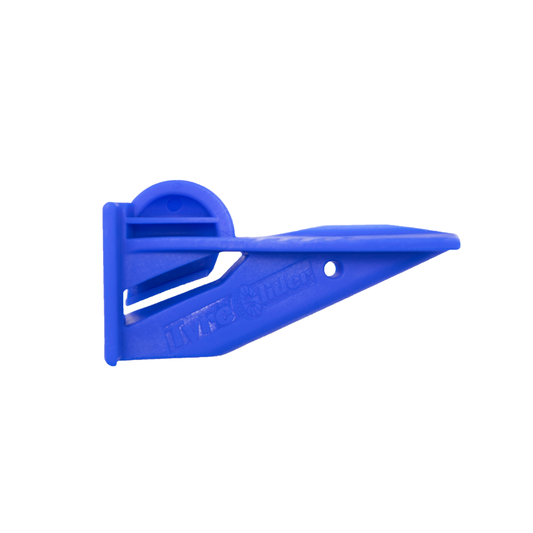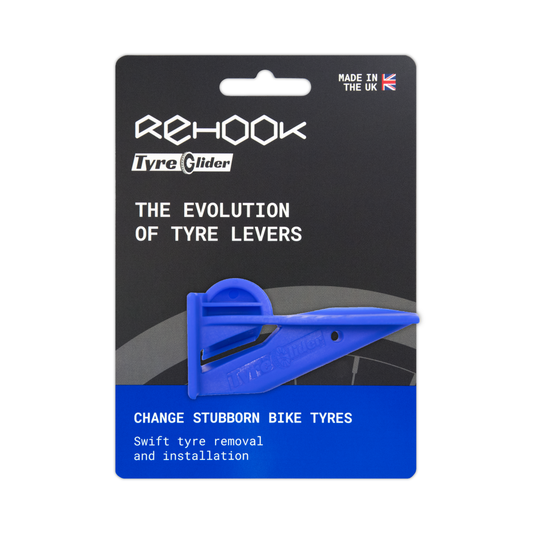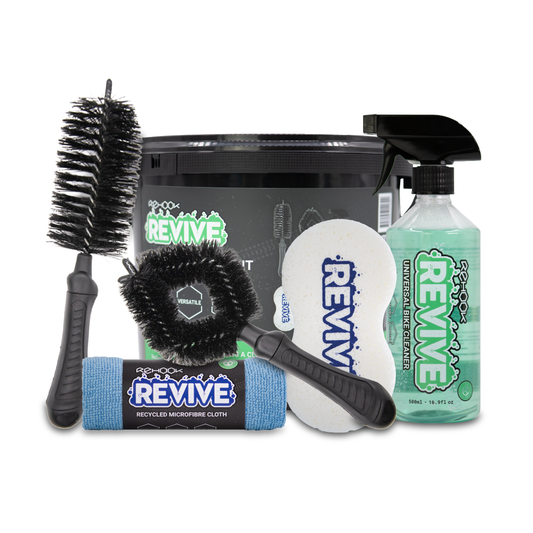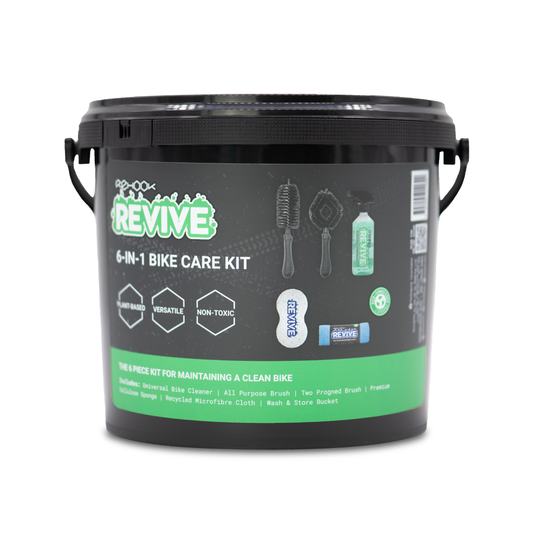Whether you’re a casual city rider, a hardcore mountain biker, or an experienced road racer, bike chain lube is an essential part of your bicycle maintenance toolkit. Chain lubes not only ensure a smooth ride, but they also extend the life of your chain and other drivetrain components. However, with a variety of types available in the market, deciding which one is the best fit for you and your ride can be a bit overwhelming. This guide will help you navigate the world of bike chain lubes and help you make the right decision based on your cycling style and environmental conditions.
Wet Lubes
Wet lubes are highly viscous and are specifically designed to withstand wet and muddy conditions. Their sticky nature helps them cling to the chain even in the face of water or mud. This makes wet lube an ideal choice for mountain bikers and cyclists who frequently ride in rainy or muddy environments. However, the same stickiness that allows wet lubes to stay on in difficult conditions also makes them attract dust and grime in dry, dusty environments. This can result in a dirty drivetrain that requires more frequent cleaning.
Dry Lubes
As the name implies, dry lubes are ideal for dry, dusty, or sandy conditions. They go on wet but dry out to leave a protective wax-like coating on the chain. This coating effectively repels dust and dirt, keeping your drivetrain cleaner for longer. Dry lubes are perfect for road cyclists and casual city riders who primarily ride in good weather conditions. However, they are less durable than wet lubes and will need to be reapplied more frequently, especially after a rainy ride.
Ceramic Lubes
Ceramic lubes are a more recent addition to the bike lube market. These lubricants contain tiny ceramic particles that form a coating on the chain, reducing friction and increasing chain efficiency. Ceramic lubes can be either wet or dry, so they offer the benefits of each with the added advantage of reducing friction. Ceramic lubes are great for serious road racers and performance-oriented riders looking for every advantage they can get. However, they are typically more expensive than traditional lubes.
Wax Lubes
Wax lubes are a more specialized type of dry lube. They require a bit more effort to apply as they need to be warmed up and melted onto the chain. Once applied, they dry to create a hard, slippery surface that repels dirt and dust effectively. Wax lubes are ideal for track and road racers who are willing to put in the extra work for a clean and efficient drivetrain. However, they are not suitable for wet conditions as the wax can quickly wash off.
In conclusion, the best type of bike chain lube for you depends on the conditions in which you ride, the type of cyclist you are, and how much maintenance you’re willing to do. Wet lubes are perfect for muddy or rainy rides, dry and wax lubes excel in dry, dusty conditions, while ceramic lubes offer performance benefits for the racing cyclist. Remember, a well-lubricated bike chain doesn't just provide a smoother ride; it also drastically extends the life of your drivetrain. No matter your choice of lube, consistent application and regular maintenance are key to keeping your bike in top shape.
| Type of Lube | Best Used In | Best for Cyclist Type |
|---|---|---|
| Wet Lubes | Wet, rainy, or muddy conditions | Mountain bikers, cyclists riding in rainy or muddy conditions |
| Dry Lubes | Dry, dusty, or sandy conditions | Road cyclists, casual city riders riding in good weather |
| Ceramic Lubes | Both wet and dry conditions | Serious road racers, performance-oriented riders |
| Wax Lubes | Dry, dust-free conditions | Track and road racers looking for a clean, efficient drivetrain |

